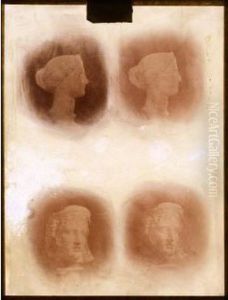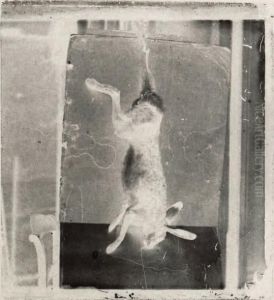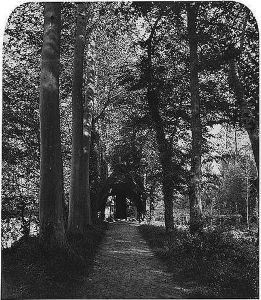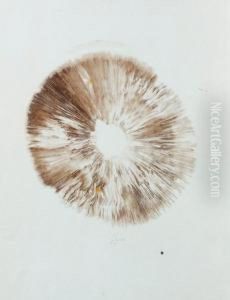Louis Alphonse Poitevin Paintings
Alphonse Poitevin, born Louis-Alphonse Poitevin on August 30, 1819, in Saint-Léger-en-Bray, Oise, France, was a significant figure in the early history of photography and printmaking. Trained as a chemical engineer, Poitevin is best known for his pioneering work in photographic processes and his contributions to photomechanical printing, a precursor to modern printing techniques.
His interest in photography began in the 1840s, a period marked by numerous experiments and discoveries in the field. Poitevin initially worked with daguerreotypes, the first commercially successful photographic process. However, his most notable contributions came from his experiments with photosensitive materials and his quest to make photographs more permanent and reproducible.
In 1855, Poitevin made a breakthrough by creating the first photolithograph, a process that allowed the transfer of a photographic image onto a lithographic stone, from which multiple prints could then be made. This was a significant step towards the development of photomechanical reproduction. In 1856, he received a patent for his process of photogravure, which involved transferring a photo onto a metal plate for printing. His work laid the foundation for the collotype process, which emerged as a commercially viable method for reproducing images with a continuous tone, such as photographs, in large quantities.
Throughout his career, Poitevin continued to refine his processes and explore new methods of image reproduction. His work earned him recognition from the French government, and in 1867, he was awarded a prize at the Exposition Universelle in Paris for his contributions to the graphic arts.
Poitevin's innovations extended beyond photomechanical printing; he also experimented with color photography and was one of the first to propose the three-color process, which became the basis for modern color photography.
Alphonse Poitevin passed away on March 4, 1882, in Paris, but his legacy lived on through the techniques he developed, which continued to evolve and shape the fields of photography and printing. Today, he is remembered as a visionary who bridged the gap between art and technology, enabling the mass reproduction of images and the democratization of visual culture.




